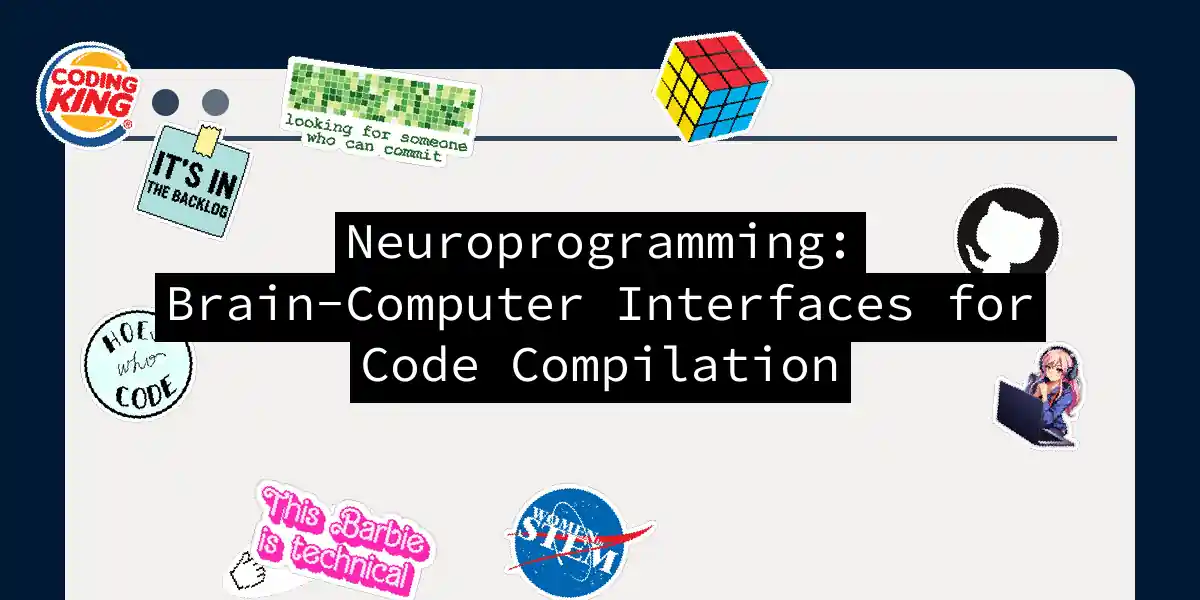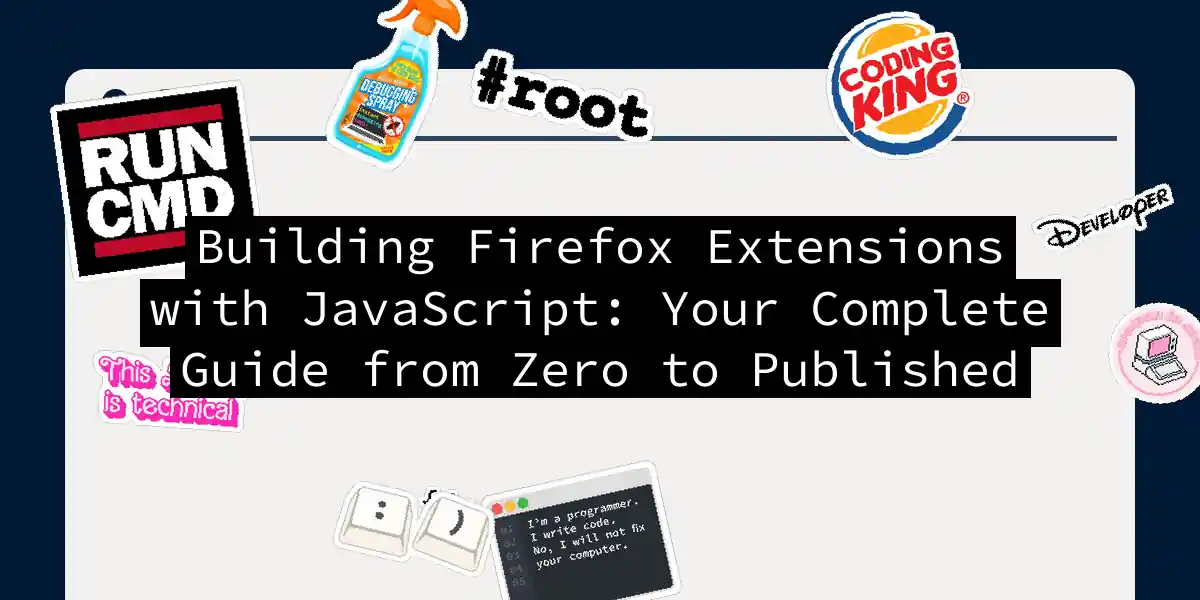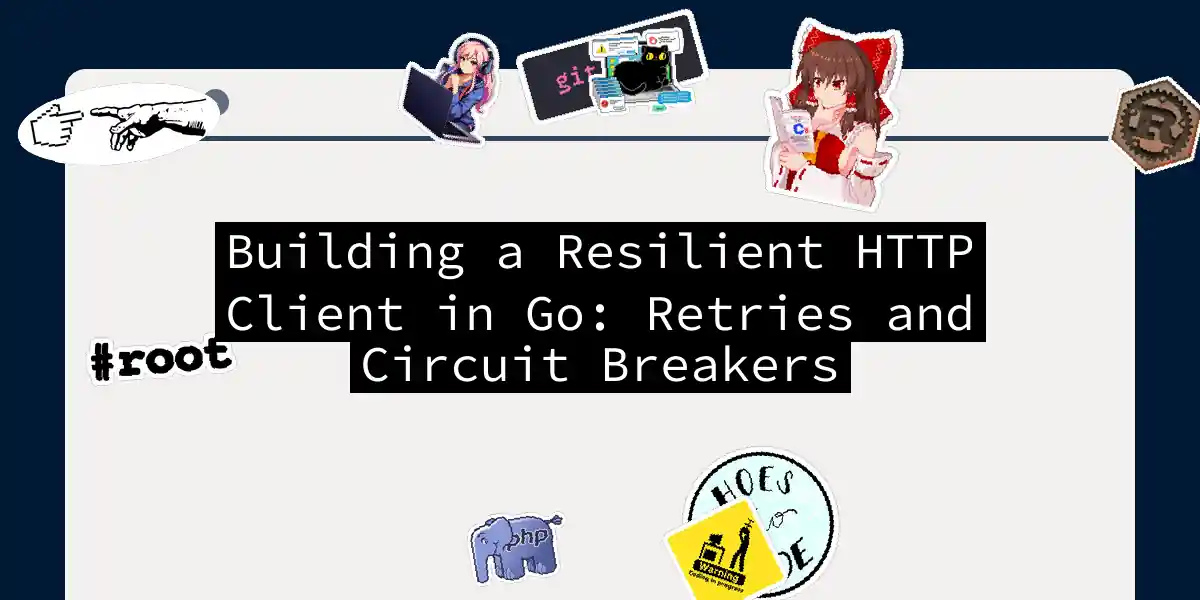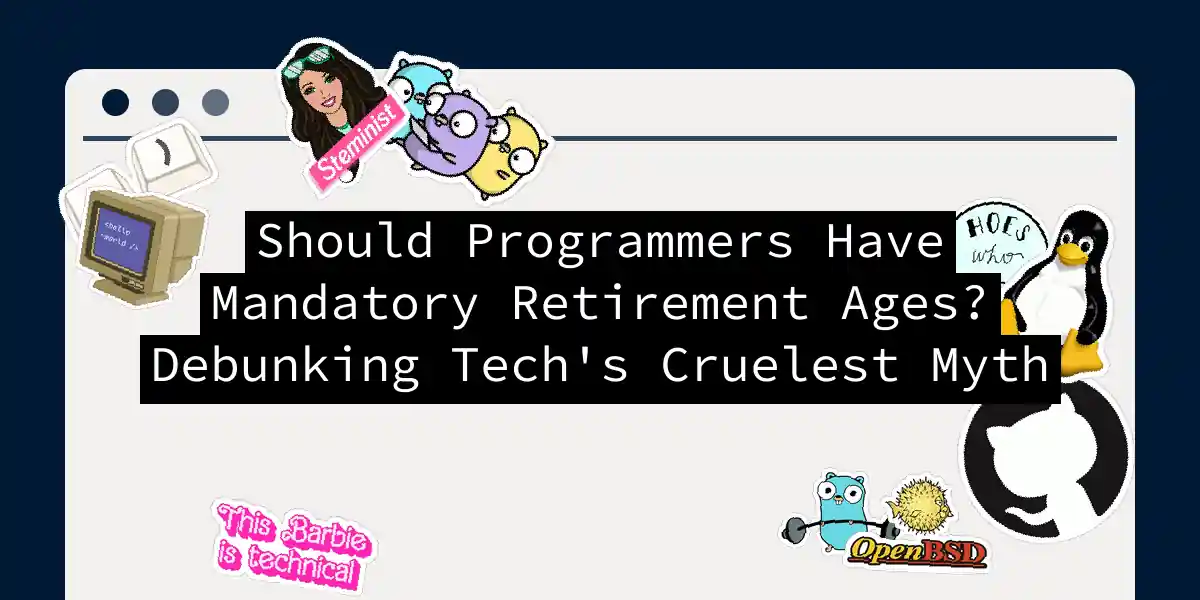
Automating Go SDK Generation: Building a Tool That Actually Saves You Time
If you’ve ever had to manually write an SDK for your Go API, you know the feeling. It’s like being handed a massive spreadsheet and asked to transcribe it by hand while someone taps their pencil on the desk. Sure, you can do it, but why would you want to? This is exactly where SDK generation automation comes in—a lifeline for developers tired of maintaining boilerplate code. In this article, we’re going to dive deep into creating a tool that automates Go SDK generation from your REST APIs....



